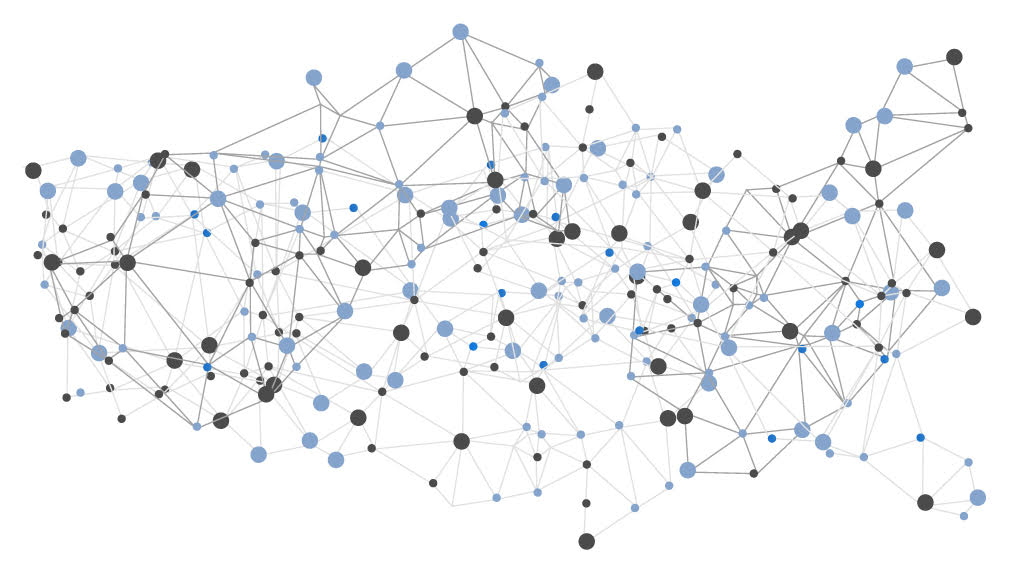Machine Learning
Computational methods in material sciences have been gaining prominence in recent years, and have been experimentally verified for several materials of great practical importance. Computations often rely on first-principles based methods and become expensive as the chemistry of the material becomes complex. We wish to investigate the use of machine learning methods to take advantage of already computed values in order to reduce the computational cost of first principles based methods without compromising on accuracy. We aim to provide a toolkit that allows a researcher to try several 'fingerprint' extraction and machine learning algorithms in a 'plug-and-play' fashion on their data. Since there is a large number of open-source materials databases and hence, access to large amounts of materials data, such a toolkit would be a valuable resource for research and education purposes. Additionally, by providing access to different kinds of descriptors, this toolkit will enable a broader research audience to apply ML algorithms to a wide variety of materials science data than is currently possible.
Machine Learning Toolkit

We have developed a web based ML toolkit MaDE@UB, which enables researchers to apply ML techniques to a wide variety of materials science data and extract unique insights. MaDE@UB extends the capabilities of ChemML - a machine learning and informatics program suite for the chemical and materials sciences - by the addition of two major resources: a Python-based feature extraction library for inorganic materials thereby empowering a broader range of materials scientists and the development of an intuitive GUI that makes it convenient to use as well as easy to learn.
Our ML toolkit has been released and is available here. Read more about the design of our toolkit below.
ML Toolkit Usage Guide

The Machine Learning Toolkit provides a graphical user interface (GUI) which bridges this gap for people with little to no coding skills. It is designed for the user to be able to quickly build machine learning models on the fly with a simple to use web based tool which uses drag-and-drop functionalities and harnesses the power of extremely sophisticated machine learning, deep learning, and computational software to provide the predicted results to the user. In this article, we briefly describe the GUI functionalities and usage guide.

